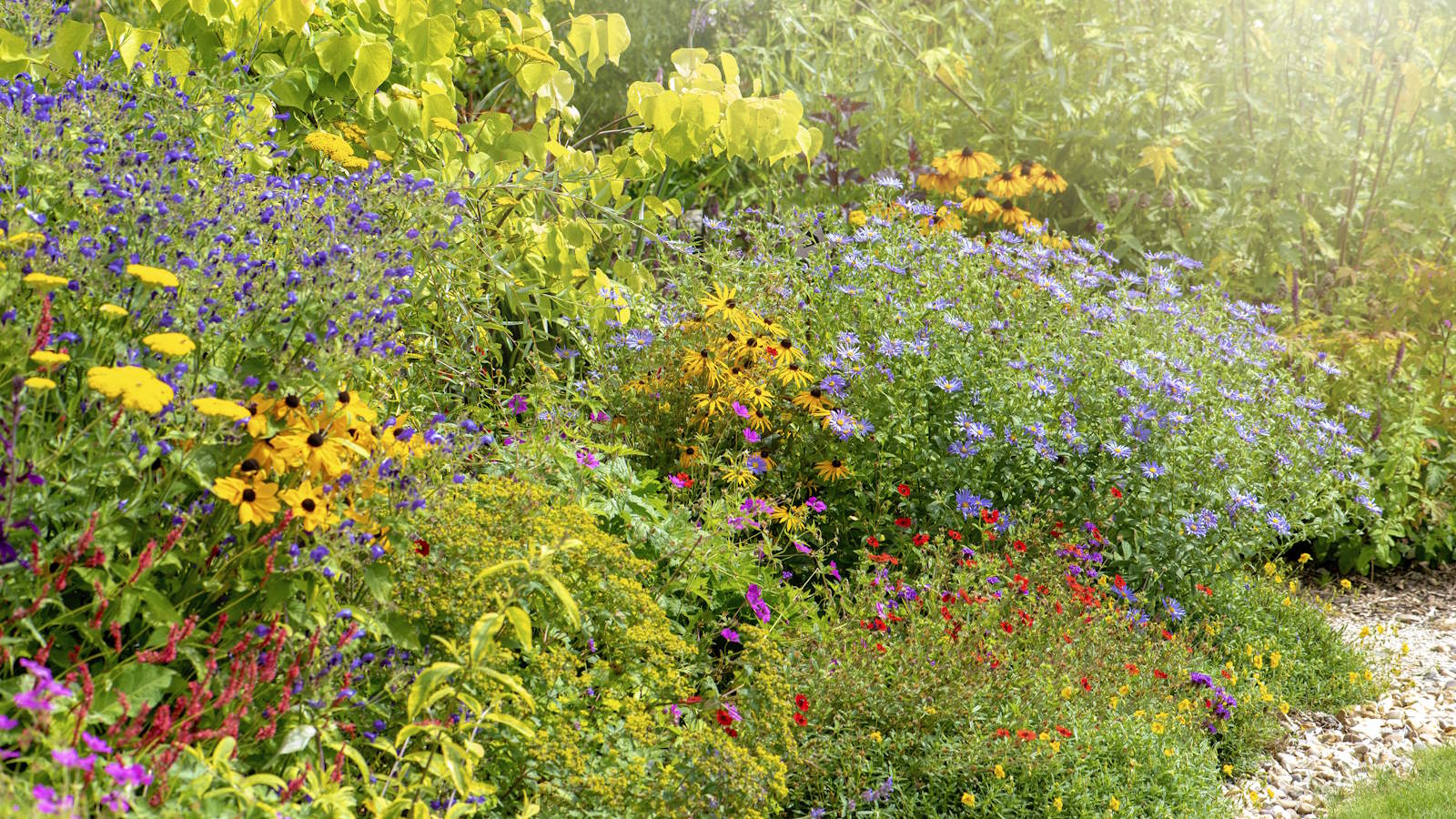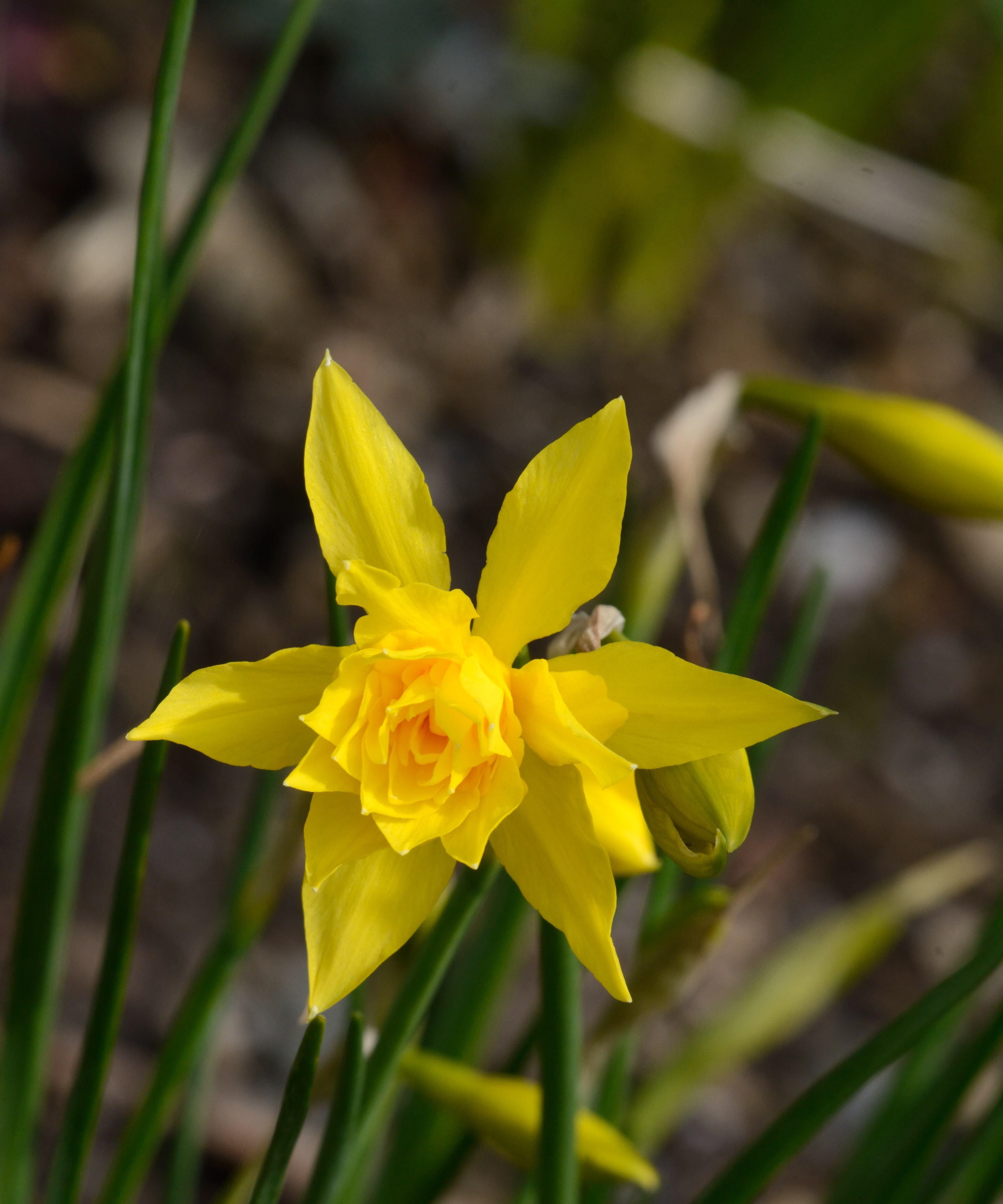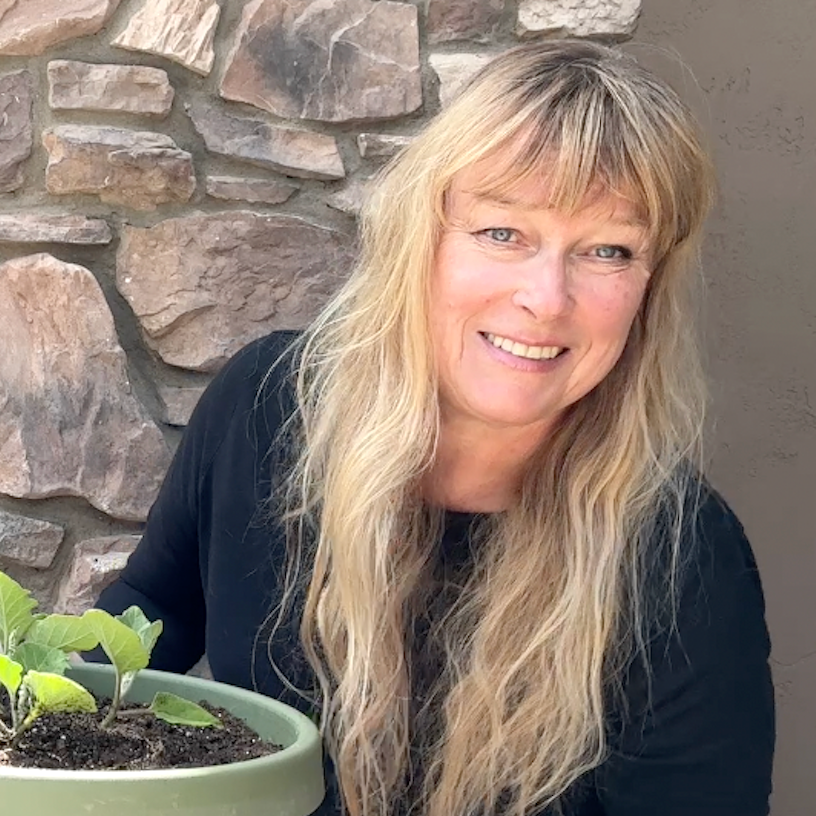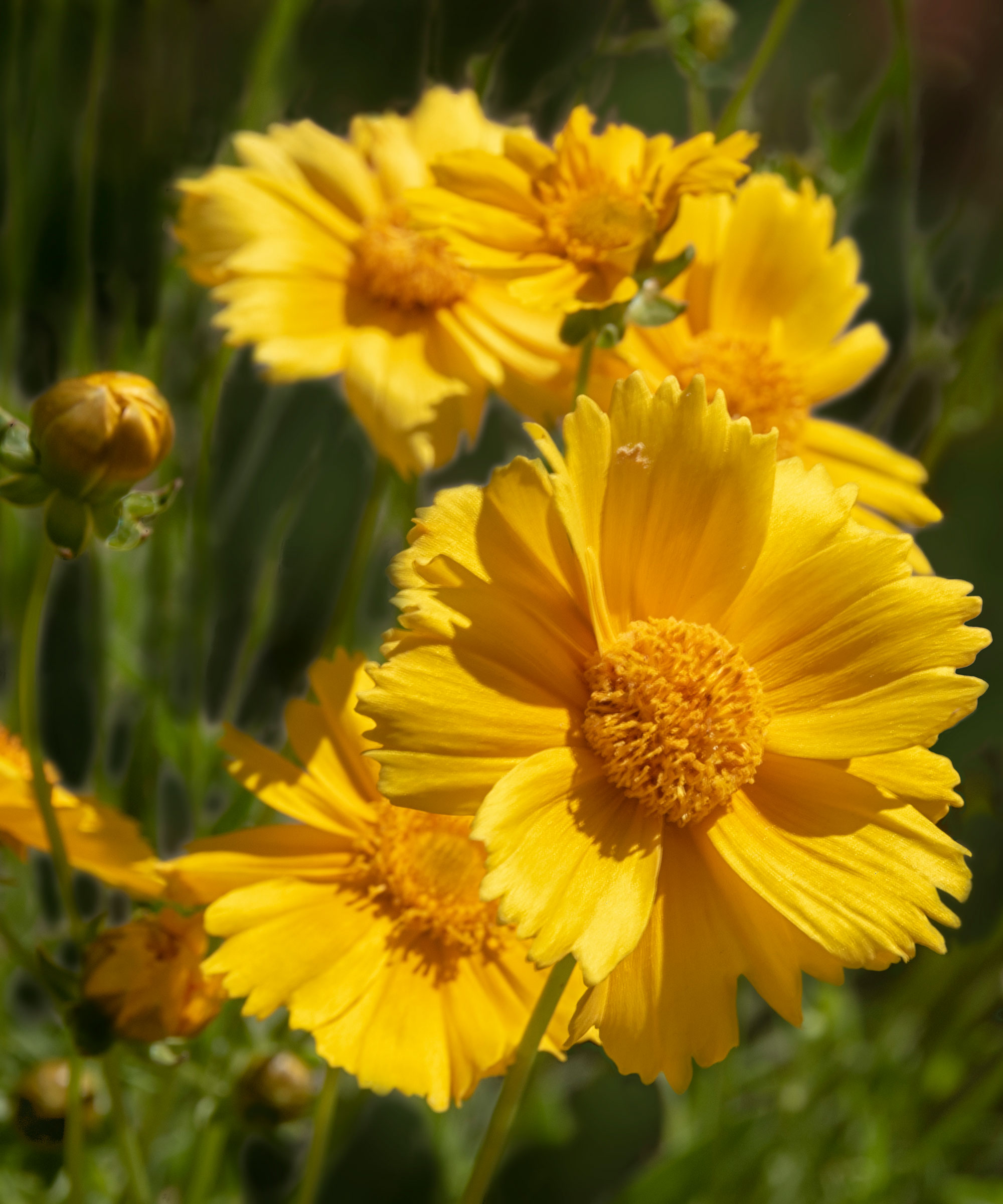Plants that moles hate – 5 species that will stop underground critters from destroying flower beds
Moles may live underground but that won't stop them from ploughing into the roots of your plants


Moles may be cute but they won't seem as appealing if they're tearing apart your thoughtfully curated flowerbeds. As they dig their underground tunnels in search of food, the roots of your flowers could be damaged and destroyed.
It may seem an impossible task to prevent moles from making trouble in your yard, but by planting greenery with specific scents, tastes or texture you can make your flowerbeds far less inviting to visit and prevent moles in a natural and safe way.
Here, gardening experts share five plants that moles hate, as well as why each is so off-putting to these critters.
1. Daffodils

Daffodils are one of the most popular plants you can add to a yard to help prevent moles. They're pretty, relatively low-maintenance, and contain a strong element that moles can't stand seeping into their soil: lycorine.
Jessica Mercer, plant expert at Plant Addicts, says, 'Every part of a daffodil is laced with the alkaloid lycorine. One nibble of a bulb is enough to make most digging mammals violently ill, so moles quickly learn to bypass entire clumps.'
Lycorine also works its way into the soil moles dig through, rendering large patches of your flowerbeds as a clear no-go zone, so it's a great idea to learn how to plant daffodils in your plant beds or to transplant daffodils from elsewhere in your garden to where's being most impacted most by moles.
Ed Dolshun, Vice President of business development at Catchmaster pest control, explains, 'A lot of folks think that moles are there to eat your plants and flowers. But moles are actually insectivores, feeding on grubs and earthworms in your soil, so planting specific plants that release compounds into the soil will irritate their noses, encouraging moles to keep their distance. This works great in addition to other mole-preventing methods.'
Design expertise in your inbox – from inspiring decorating ideas and beautiful celebrity homes to practical gardening advice and shopping round-ups.
Solar pest repellents, such as these from Walmart are another way you can discourage moles from damaging your yard.

Ed has over 12 years experience in the pest management industry. Prior to this, he served many years as an Environmental and Regulatory Specialist at Bergen County Community Development and also taught an Environmental Issues course at Fairleigh Dickinson University as part of their Masters of Administrative Science Program.
2. Alliums

Bulbs in the Allium family are another much disliked plant for moles. Their strong scent in itself is vastly off-putting, but if a mole happens to bump into or bruise the plant's roots, the smell of these sensory garden plants intensifies, becoming even more offensive to their delicate senses.
'When an allium root or leaf is bruised, it releases pungent chemicals, including sulfenic acids, that can irritate the mole's nose and eyes,' says Jessica. 'The vapor fills tunnels and overwhelms the mole’s scent-based navigation system, prompting it to retreat elsewhere for fresher air.'
If your flowerbeds or vegetable patches are really struggling with moles, planting up a border of some of the 10 best varieties of allium bulbs around the edge is a great way to create a natural scent-based barrier that humanely deters moles from the area.
3. Garlic

Garlic holds the same plant-power as alliums when it comes to keeping moles at bay: a strong sulphur-based scent that's overwhelming enough to make most moles happy to be on their way.
Siobhan Shaw, co-founder at Growing to Give, says, 'The strong sulfur compounds present in garlic overwhelms moles’ sensitive noses, making the soil less inviting. I recommend planting garlic around beds or among crops to send them packing.'
Using a tool such as this bulb planter from Amazon will ensure whichever types of garlic you plan to plant are planted deeply enough into the soil for optimal growth.

Siobhan Shaw is the co-founder of Growing to Give, a regenerative agriculture expert, and a global voice for food justice and community resilience. She grew up on a farm, is married to an agri-tech inventor, and began container gardening in urban spaces decades ago to bring nature back into her life. Today, she draws from deep personal experience in the field - both literal and figurative - to lead global initiatives in sustainable agriculture, enhance and build community gardens, and collaborate on projects like the nation’s largest food forest.
4. Marigolds

Marigolds frighten off moles in a similar way to daffodils, but their roots release a different kind of chemical. This chemical doesn't only smell foul to moles, but it also helps to control the level of local soil nematodes [tiny microscopic worms] present in the soil which moles use as another food source. It makes total sense why marigolds feature heavily in vegetable gardens.
'Marigolds really are one of the best pest repellent flowers. Their roots release thiophene, a natural pest repellent that irritates soil-dwellers like moles and voles,' says Siobhan. 'Use them as a colorful border defense and no one will even know it was a decision based on pest control and not garden design.'
To elevate the look of your border by giving it a sleek finish, consider adding in some of this landscape edging available of Amazon. It makes it harder for critters to crawl in over the border, too.

Jessica Mercer, PhD, is the Senior Content Marketing Coordinator and plant expert for Plant Addicts. As a 'plant collector', Jessica enjoys growing many different plants and learning about the best cultural practices for each. Writing for Plant Addicts is a real joy for her, as she can use her science background to research interesting plant topics. She carefully considers how to best present the information to other gardeners, with a focus on sustainability and the environment.
5. Mint

If you're looking to get into growing herbs, now's the best possible time to embark on the journey while tackling your yard's mole problem. Learning how to grow mint is an especially good choice for cracking down on the critters, as mint varieties release pungent aromas and oils that confuse a mole's scent receptors.
'The roots and crushed foliage of mint release menthol, an aromatic oil that confuses moles’ food-finding receptors,' says Jessica. 'Because mint spreads quickly, I recommend growing it in buried-bottomless pots or confined beds.'
The SnugNiture bottomless raised planter from Amazon comes in a variety of colors and will keep the amount of mint you're growing contained so it doesn't expand and take over.
Now you've mastered how to use the power of plants to keep moles away, you may be interested in learning how plants can deter other creatures. Here, you can learn about deer resistant plants.

Ciéra is a writer and regional laureate with particular passions for art, design, philosophy and poetry. As well as contributing to Homes & Gardens, she's an Editorial Assistant for Design Anthology UK and a contributing writer for magazines including Livingetc, Apartment Therapy, House Beautiful and Ideal Home. Previous commendations of hers include being Highly Commended by The Royal Society of Literature and receiving a prestigious MA Magazine Journalism scholarship to City, University of London.